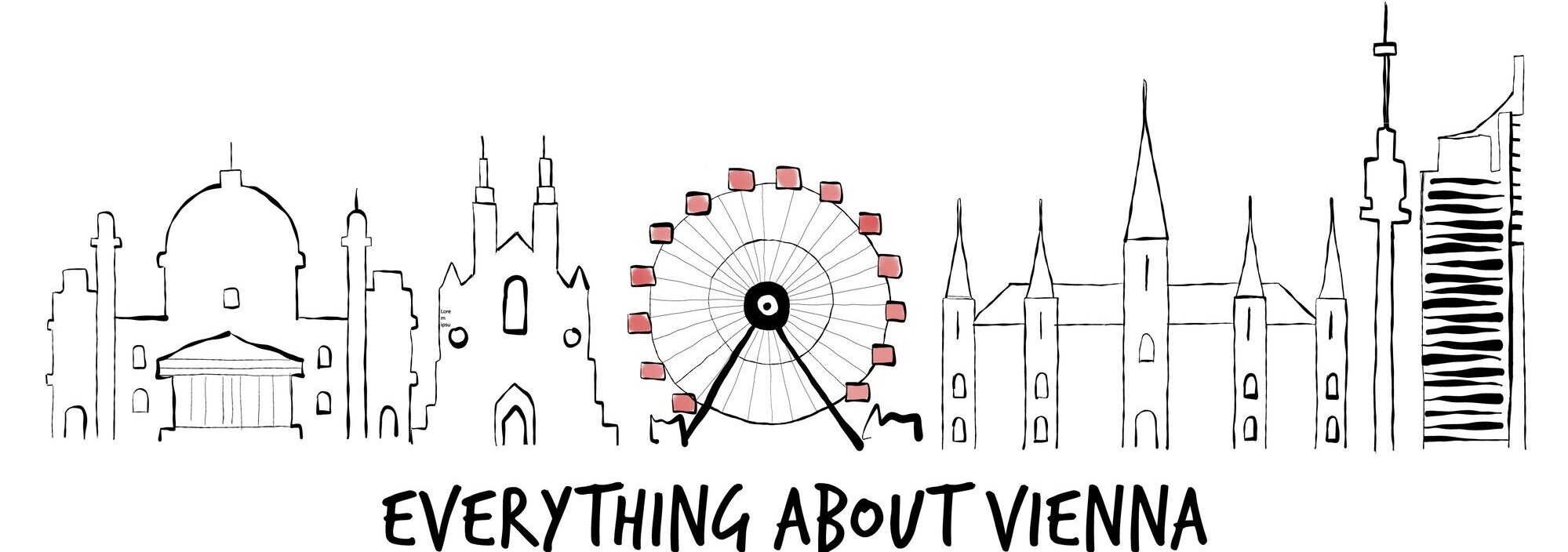he Spanish Riding School and its world-famous Lipizzaner horses are one of the oldest and most prestigious equestrian institutions in the world. Historical records mention the school as early as 1565, with its sole focus being the art of classical dressage.
I’ll admit, I’ve never been much of a horse person (truth be told, they intimidate me). But even for those with little interest in equestrian sports, this is one of the must-see experiences in Vienna.
Classical dressage at its finest

The Spanische Hofreitschule in Vienna is the only institution in the world where classical Renaissance dressage has been preserved and passed down, unchanged, to modern riders. It is an unforgettable spectacle, featuring the magnificent Lipizzaner stallions performing centuries-old movements to music that transports you back in time.
Discover the Spanish Riding School
Step into the world of the Spanish Riding School and experience the dedication, precision, and discipline required to train both the Lipizzaner horses and their riders. Watch as these magnificent stallions undergo their meticulous preparation to become fully trained dressage horses, while the riders perfect their skills in one of the most prestigious equestrian traditions in the world.

The Morning Exercise
Each morning, the horses at the Spanish Riding School train with their riders, working through a structured routine of exercises. The session starts with a gentle warm-up, after which the riders refine the horses’ dressage techniques.
Every rider is responsible for their horse, ensuring it develops balanced muscle strength. Advanced airs above the ground—the signature jumps and leaps that make these performances legendary—are not practiced daily to avoid overstraining the animals.
After their morning workout, the Lipizzaner horses receive a well-earned treat, specially made for them.
The morning training sessions, known as Morgenarbeit, are open to the public on most days. The stables and the Hofreitschule are located next to Hofburg Palace. If you pass through the gate, you’ll catch a glimpse of the stables and maybe even see some of the horses before their session begins.
The Morgenarbeit is one of Vienna’s most popular attractions, so it’s advisable to reserve tickets in advance.
Attend a full performance at the Spanish Riding School
For those wanting to experience a full performance, it’s best to check the official website for the complete schedule. Tickets for the shows sell out quickly, so booking in advance is highly recommended.
Guided tours of the Spanish Riding School
Housed in a breathtaking Baroque building that forms part of the Hofburg Palace complex, the Spanish Riding School is more than just a venue for equestrian displays. It is a living part of Vienna’s cultural heritage, dedicated to preserving the traditions of haute école classical dressage.
The stunning building dates back to the reign of Emperor Charles VI and is one of the architectural highlights of Vienna. The Winter Riding School, designed by Josef Emanuel Fischer von Erlach, was completed in 1735 and remains a masterpiece of Baroque architecture. Its towering columns, glimmering chandeliers, and a spectacular ceiling fresco create a regal atmosphere unlike any other.
For visitors interested in both the history and architecture of the Spanish Riding School, special guided tours offer an exclusive behind-the-scenes experience. These tours take you through the stables, where you can meet the Lipizzaner horses, learn about their training techniques, and discover the rich history of this institution.
These tours are not just an opportunity to admire the stunning interiors, but also a rare chance to witness a centuries-old tradition that has been carefully preserved for over 450 years. Whether you’re passionate about horses, history, or architecture, a visit to the Spanish Riding School is an unmissable experience.
The Lipizzaner horses
The origins of the Lipizzaner breed date back to 1580, when Archduke Charles II of Austria established his imperial stud farm. He purchased land from the Bishop of Trieste in what is now Slovenia, aiming to breed a horse suited for transport, parades, battles, and hunting. Naturally, the breed was intended primarily for royal guards and ceremonial use in Graz.
Charles II was particularly impressed by the majestic white horses found in the Spanish royal stables, owned by his cousin King Philip II of Spain. As a result, Spanish bloodlines were incorporated into the breeding program, giving birth to what we now recognize as Lipizzaner horses.
To this day, the original stud farm can still be visited in the small village of Piber, located 250 kilometers from Vienna in Styria, just south of Graz.
A Lipizzaner closely resembles a gray horse. Interestingly, they are born dark—either black, brown, or dark gray—and only after about 10 years do they develop their famous white coats. However, in rare cases (about 1 in 100 foals), a Lipizzaner remains dark brown for life.
How to get to the Spanish Riding School
Due to its central location, the Spanish Riding School is best reached by public transport, as parking spaces are very limited.
Address:
Spanische Hofreitschule
Michaelerplatz 1
1010 Vienna
(The entrance is through the gate next to Hofburg Palace, directly across from the Michaelerplatz fountain.)
Public transport options
Tram:
1, 2, D: Stop Kärntner Ring Oper or Burgring
62: Stop Kärntner Ring Oper
U-Bahn / Metro:
U1: Stephansplatz station
U3: Herrengasse station
U2, U4: Karlsplatz station
Bus:
1A: Herrengasse stop
2A: Michaelerplatz stop
3A: Habsburgergasse stop
A visit to the Spanish Riding School offers a rare glimpse into Vienna’s imperial past, where history, tradition, and elegance come together in a breathtaking display of equestrian artistry. Whether you’re watching the morning training, attending a full performance, or exploring its majestic Baroque interiors, this is an experience that will stay with you long after you leave Vienna.
© titel foto: 666691240 – Nanabad

